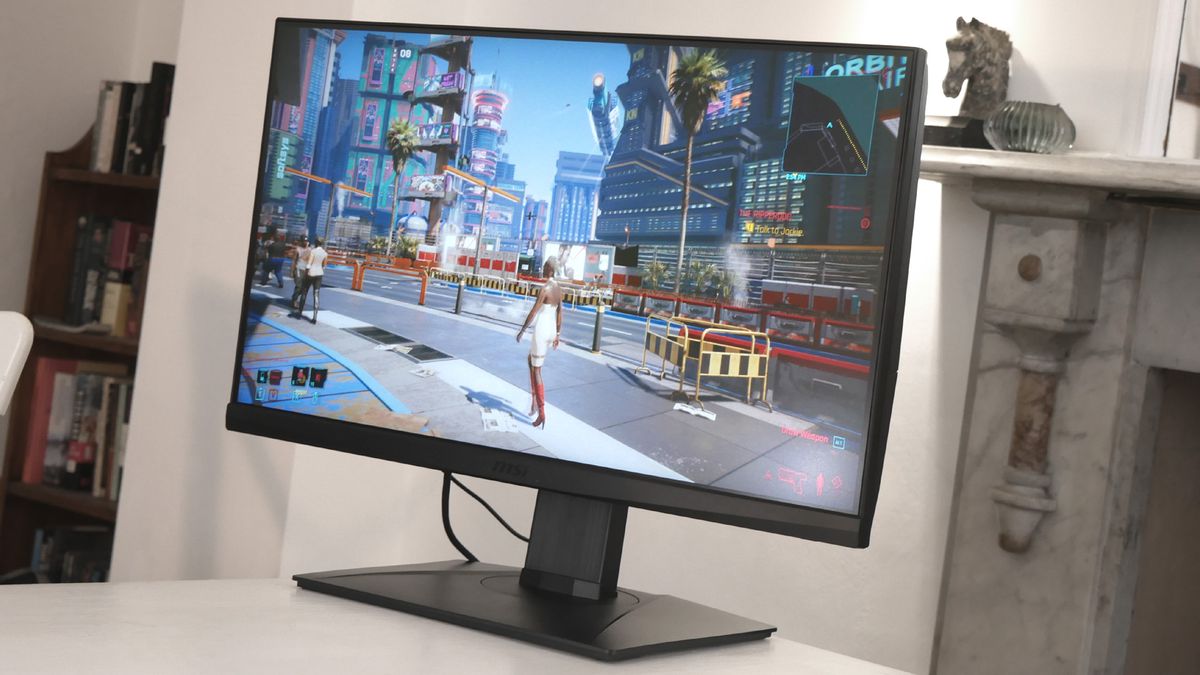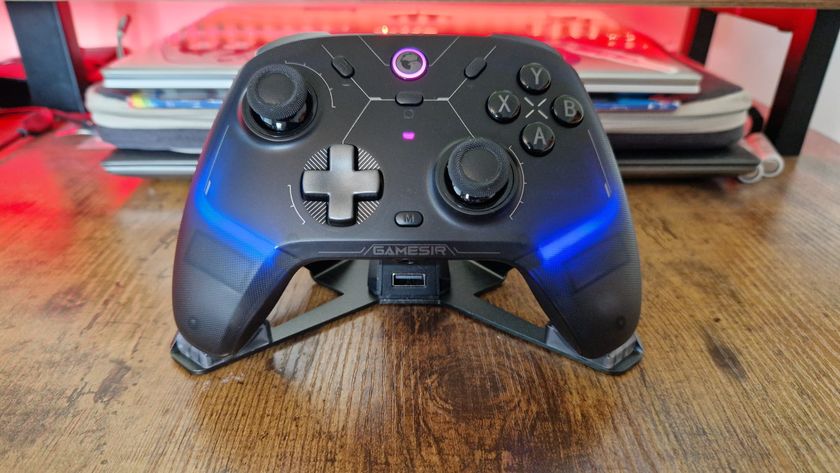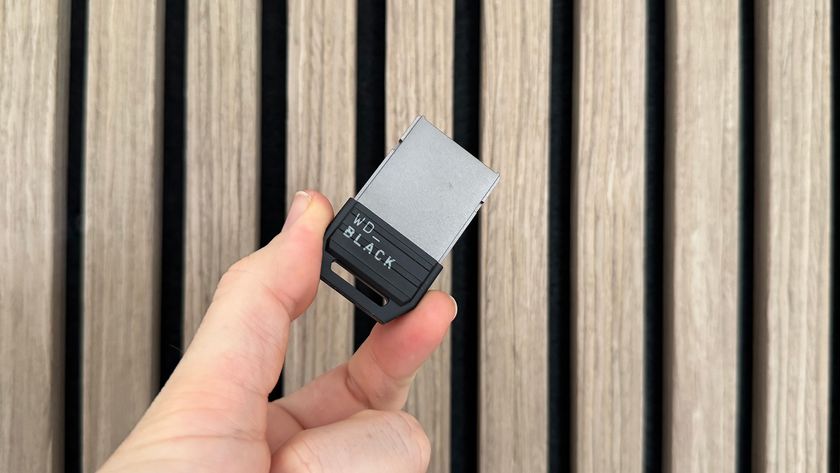12DOVE Verdict
MSI’s latest gaming monitor is blisteringly fast. But it’ll cost ya.
Pros
- +
Insanely high refresh rate
- +
Super speedy pixel response
- +
Decent all-round image quality
Cons
- -
Only 1080p resolution
- -
Limited HDR support
- -
Very expensive for a 25-inch monitor
Why you can trust 12DOVE
Speed. All 360Hz and 1ms of it is built right into the new MSI Oculux NXG253R’s very bones. This is an out-and-out, unapologetic esports monitor for ultra-fast PC gaming. Yes, it is console compatible, but even the latest boxes from Microsoft and Sony won’t get the best out of this ultra-fast 25-inch beast.
Along with the cutting-edge refresh and response capabilities, the MSI Oculux NXG253R packs plenty of gaming-centric extras. That includes full Nvidia G-Sync support. And we really do mean full. This thing has a G-Sync module with Nvidia’s fancy Reflex Latency Analyser.
Of course, the MSI Oculux NXG253R isn’t just about speed. To all that you can add HDR 10 support, plus VESA DisplayHDR 400 certification, all courtesy of what MSI brands a ‘Rapid’ IPS panel. What you don’t get, unsurprisingly for this class of display, is a lot of pixels. 1,920 by 1,080, or 1080p, is your lot. Still, though, there are still 1080p monitors adorning the internet's best gaming monitor lists, so it still has the chops to contend.
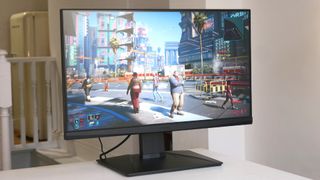
Design & Features
The MSI Oculux NXG253R is built around a 24.5-inch IPS panel with some pretty impressive on-paper capabilities. That starts with 360Hz refresh, putting this monitor in an exclusive category along with the Alienware AW2521H, Acer Predator X25, and Asus ROG Swift PG259QN. Until the next generation of 480Hz monitors become available, this is currently as quick as it gets.
The same goes for the claimed 1ms grey-to-grey response time. Only an OLED display responds faster. Speaking of those competing screens, what they also share with the MSI Oculux NXG253R is a fully-featured Nvidia G-Sync module. All of the usual goodies that feature on the best G-Sync monitors are included, such as variable refresh rate support. But the real showbiz stuff - and one of the features that requires a G-Sync module as opposed to mere G-Sync compatibility - is reserved for Nvidia’s Reflex Latency Analyser.
That’s essentially a tool for optimising latency or input lag and requires a supporting G-Sync monitor, an Nvidia-shaped best graphics card contender, and a compatible mouse. Further gaming goodies include ULMB or ultra-low motion blur mode and various game-genre specific modes, plus Dark Boost, which is designed to improve in-game shadow detail.
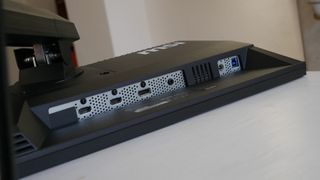
As for broader specifications, peak panel brightness is rated at 400 nits and static contrast at 1,000:1. HDR support is therefore limited to entry-level VESA DisplayHDR 400 certification. There’s no local dimming capability and you’re not going to get a true HDR experience. It’s also worth noting wide-gamut colour isn’t on the menu, either. MSI quotes DCI-P3 coverage at a mere 84 percent - anything below 90 percent for that metric is relatively limited.
What is included, however, is a very high-quality stand with a full array of adjustments including rotation into portrait mode, plus surprisingly sophisticated, understated design and high build quality. This monitor looks and feels like a premium product.
There’s also both HDMI and DisplayPort connectivity, though you’ll need to use the latter to unlock the full 360Hz. HDMI is limited to 240Hz, and as a PS5 monitor or Xbox Series X monitor, meanwhile, you’ll be limited to 120Hz. Elsewhere, a triple-port USB 3.2 hub is included, but there is no USB-C connectivity.

Performance
The brightness control in the MSI Oculux NXG253R’s OSD menu is measured in nits rather than as a percentage of maximum output. It’s only a rough guide rather than a really accurate representation of brightness. But set to the maximum ‘450’ nits, this panel packs plenty of punch.
It also serves up some serious speed. Thanks to the 360Hz refresh rate, ultra-low latency is pretty much a given. Pixel response performance, on the other hand, demands closer attention. MSI’s OSD menu includes three levels of pixel overdrive. The fastest has a whiff of overshoot and therefore inverse ghosting. But the middle setting is both super clean and uber quick. Subjectively, we haven’t seen a faster LCD monitor. It really is that quick.
In practical terms, you really feel the benefit of all that in shooters like Apex Legends and Call of Duty: Warzone. There’s just so little input lag, while the image remains remarkably sharp no matter how viciously you whip your mouse around. Subjectively, only an OLED panel resists blurring better. But you can’t get a 360Hz OLED screen. And so an LCD monitor like this remains the weapon of choice where latency is a major concern.
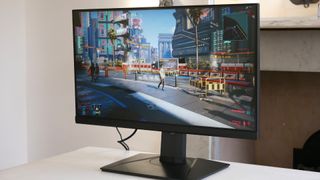
As for other gaming genres, the MSI Oculux NXG253R is less impressive. Partly that’s a consequence of scale: 25 inches is pretty puny at this price point. Ditto the 1080p native resolution. It doesn’t make for terribly impressive pixel density and therefore in-game detail.
Consequently, there are far better options for soaking up the visual spectacle of a game like Witcher III. Despite the panel speed, it wouldn’t be our pick for graphics-heavy driving games like the Forza series, either.
All that said, the MSI Oculux NXG253R’s core image quality is decent, with vibrant colours and adequate contrast given the IPS panel type. HDR performance is very limited in practice. But at least SDR content looks good in HDR mode, allowing you to simply toggle the latter and carry on.
Overall - should you buy it?
At this elevated price point, the main challenge for a speed-centric monitor like the MSI Oculux NXG253R is that you can have your pick of a very broad range of gaming-friendly alternatives. For most gamers, something along the lines of a high refresh 1440p panel would be a better compromise. Unless you’re a pretty serious esports addict, even 144Hz is probably going to be plenty.
However, if it’s the absolute ultimate in speed you demand, the MSI Oculux NXG253R is an absolute must for your shortlist. For now, there’s little - if anything - that's quicker.
And don't forget: it's nearly that time of year again so prepare for the Black Friday gaming monitor deals in a couple of months time.
A serious dissertation on the finer points of input lag and overshoot followed by a forensic examination of AI-accelerated temporal upscaling. Such is a routine day in the working life of long-time tech wordsmith, Jeremy Laird. Along with GamesRadar, Jeremy’s 15-year back catalogue includes a host of tech and gaming outlets, including TechRadar and PC Gamer, not to mention contributions to mainstream media from the Independent to the Evening Standard. Complimenting Jeremy’s debilitating addiction to all kinds of digital hardware, he is also afflicted by an obsession with and a significant occupational sideline in cars and automotive technology.

A Minecraft Movie Review: "Jack Black's irrepressible star turn helps elevate this video game adaptation"

Nintendo admits "there were times when we wished the Switch system's processor was faster" so that "developers could make any kind of game they wanted"
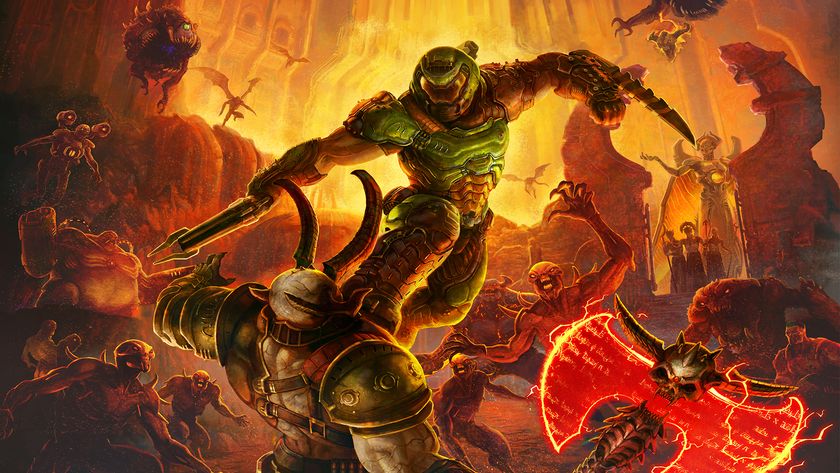
Switch 2 plays Switch 1 games through something "in between a software emulator and hardware compatibility," so don't expect the same backward compatibility we got on 3DS and Wii U
